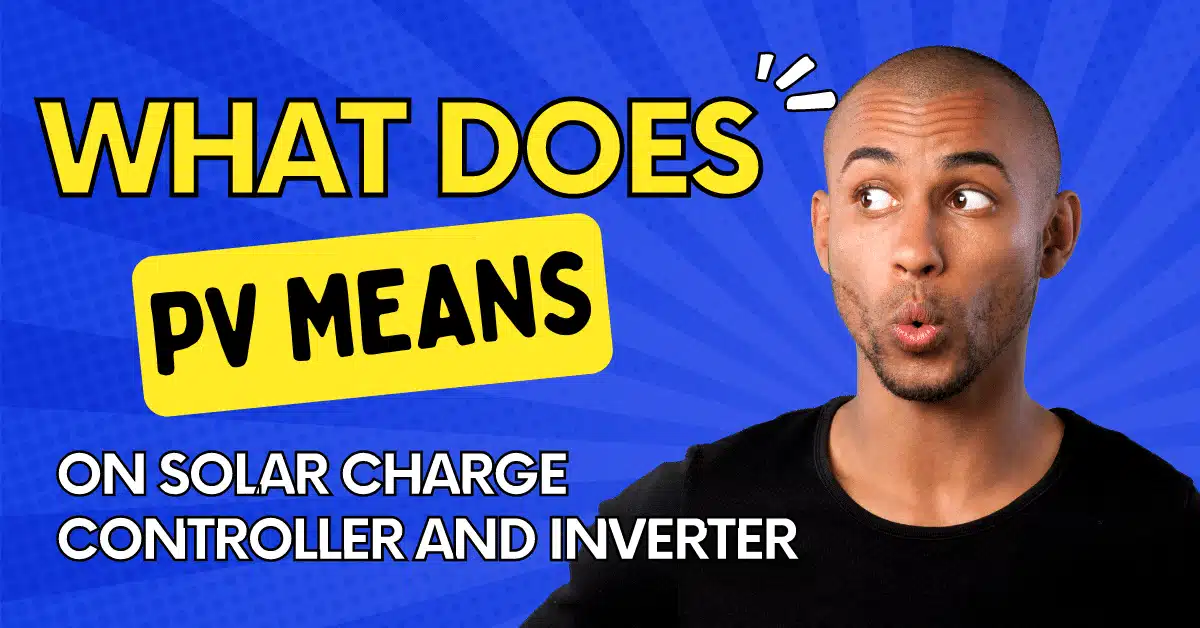When it comes to solar energy, understanding the terminology is key. One of the most important terms is “PV,” which stands for solar photovoltaic. PV is a key component of both solar charge controllers and inverters, and it is essential to know what it means if you are considering adding solar PV system to your home or business.
In this blog post, we’ll take a look at what PV means for solar charge controllers, Power inverters and other components in photovoltaic system, as well as how they work together to power your home with solar energy.
Both on Solar Charge Controller and Power Inverters, PV stands for photovoltaics solar panel, which refers to any device or system that converts light energy into electrical energy through the use of semiconductors. This is the same technology that is used to power solar panels and other devices.
What does PV mean for solar charge controllers and inverters?
PV (photovoltaic cell) is one of the most important components in both off-grid and on grid solar systems, responsible for collecting sunlight, converting it and outputting it as electricity.
In the context of solar charge controllers and inverters, PV stands for “photovoltaic input” and refers to the amount of electrical power available from your solar panel array. The PV input is the maximum amount of electricity available from the solar panels to be used by the charge controller or inverter.
The higher the wattage rating of your solar panel array, the more solar electricity will be available for use.
In addition, when talking about a solar charge controller or inverter, PV also stands for “photovoltaic settings”. These settings are used to regulate how much power is drawn from the panels and sent to the battery bank.
This allows you to customize your system to meet your specific needs and keep your batteries healthy.
Overall, understanding what PV means in the context of solar charge controllers and inverters is important in order to get the most out of your system. Knowing how much power is available from your solar panel array and being able to customize the settings for optimal performance will help you get the most out of your solar-powered system.
Relate Topics
How to Set Solar Charge Controller in 2023
Solar Charge Controller voltage setting Guide
Solar Charge Controller troubleshooting Guide
Solar Charge Controller Blinking & Flashing Meanings and Fix
